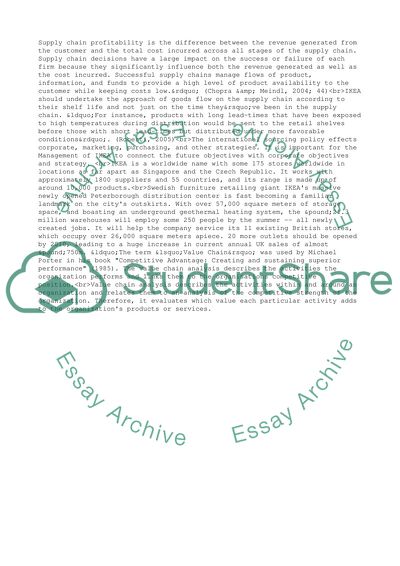Cite this document
(Successful Implementation of Supply Chain Management at IKEA Stores Case Study, n.d.)
Successful Implementation of Supply Chain Management at IKEA Stores Case Study. Retrieved from https://studentshare.org/management/1522720-ikea-and-uk-distribution
Successful Implementation of Supply Chain Management at IKEA Stores Case Study. Retrieved from https://studentshare.org/management/1522720-ikea-and-uk-distribution
(Successful Implementation of Supply Chain Management at IKEA Stores Case Study)
Successful Implementation of Supply Chain Management at IKEA Stores Case Study. https://studentshare.org/management/1522720-ikea-and-uk-distribution.
Successful Implementation of Supply Chain Management at IKEA Stores Case Study. https://studentshare.org/management/1522720-ikea-and-uk-distribution.
“Successful Implementation of Supply Chain Management at IKEA Stores Case Study”, n.d. https://studentshare.org/management/1522720-ikea-and-uk-distribution.


